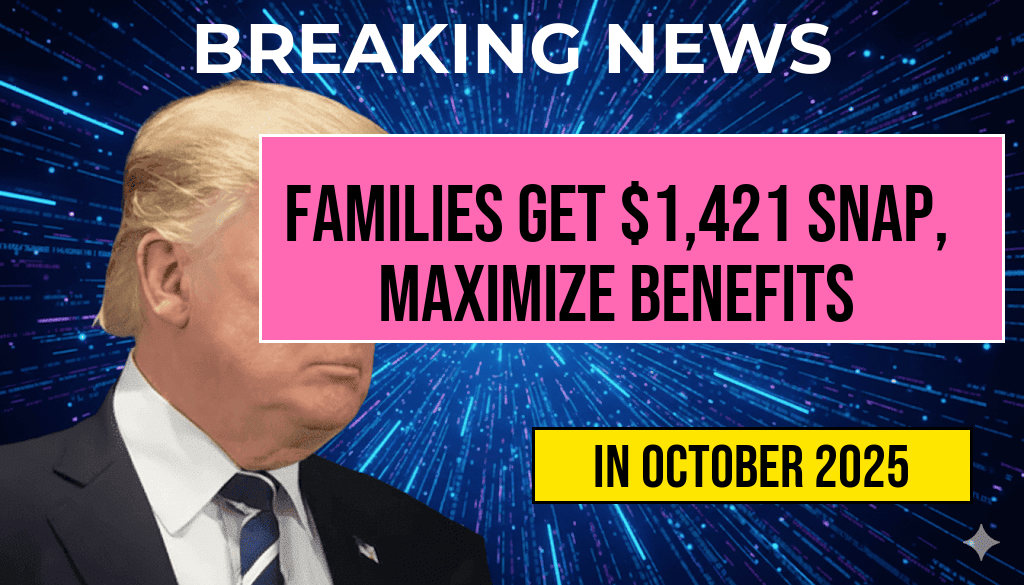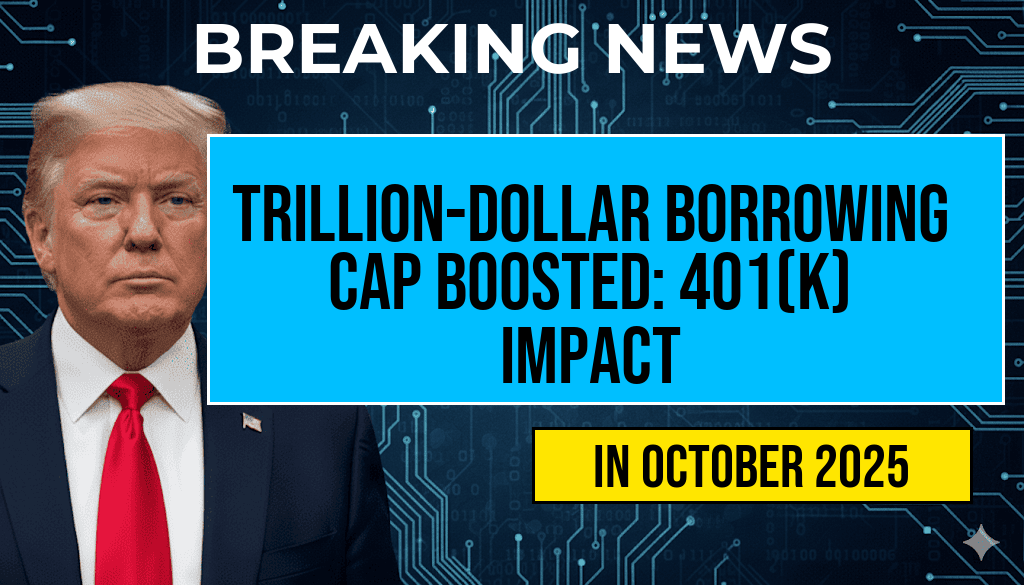Families across the United States rely on the Supplemental Nutrition Assistance Program (SNAP) to help meet their nutritional needs. However, recent data reveals a notable disparity in benefits provided to residents of Hawaii compared to those on the mainland. A household of three in Hawaii receives an average monthly SNAP benefit of $1,334, which is approximately $349 higher than the average for similar households elsewhere in the country. This difference underscores the unique economic challenges faced by Hawaii residents, driven largely by higher living costs, especially for food and housing. As policymakers debate adjustments to SNAP allocations nationwide, Hawaii’s elevated benefit levels highlight the importance of region-specific considerations in federal assistance programs.
Understanding the Factors Behind Hawaii’s Elevated SNAP Benefits
Cost of Living and Food Prices
Hawaii consistently ranks among the most expensive states in the U.S., with living costs significantly above the national average. According to data from the Bureau of Labor Statistics, housing, transportation, and especially food costs are substantially higher. The island state’s geographic isolation means that imported goods, including groceries, incur additional transportation expenses, which are reflected in retail prices. Consequently, SNAP benefits are calibrated to address these elevated expenses, ensuring that recipients can access adequate nutrition despite high prices.
Federal Policy and Regional Adjustment Factors
The US Department of Agriculture (USDA) adjusts SNAP benefit calculations based on regional food costs, measured through the Thrifty Food Plan. Hawaii’s unique economic landscape warrants a higher regional factor, resulting in increased benefits. According to USDA data, these adjustments aim to bridge the gap between standard benefit levels and actual living costs in high-expense areas. For a household of three, this translates into a monthly benefit substantially above the national median, reflecting the state’s economic realities.
Comparing Benefits Across States: The Broader Context
| State | Average Benefit ($) | Difference from Hawaii ($) |
|---|---|---|
| Hawaii | 1,334 | — |
| California | 985 | -349 |
| New York | 1,050 | -284 |
| Texas | 900 | -434 |
| Florida | 870 | -464 |
This table illustrates the stark contrasts in SNAP benefits nationwide, emphasizing how regional economic factors influence federal assistance. Notably, Hawaii’s benefits surpass states like California and New York, which also have high living costs, but still fall short of Hawaii’s figures, highlighting its exceptional economic environment.
Implications for Recipients and Policy Considerations
Impact on Families
Higher SNAP benefits in Hawaii provide vital support for families navigating some of the most expensive living conditions in the country. For a household of three, the additional $349 per month can help cover a significant portion of food expenses that are otherwise challenging to meet. This support plays a crucial role in preventing food insecurity, which remains a pressing issue across the state. According to Hawaii Foodbank, nearly 1 in 4 residents struggle with food insecurity, underscoring the importance of adequate assistance.
Policy Debates and Future Directions
While Hawaii’s elevated SNAP benefits are justified by economic conditions, they also spark broader discussions about the sustainability and equity of federal assistance programs. Critics argue that high benefits may inadvertently discourage workforce participation, though research indicates that SNAP primarily supports vulnerable households without significant disincentives. As federal and state policymakers evaluate the program’s structure, the Hawaii model underscores the need for tailored approaches that consider regional economic realities, especially in high-cost states.
Additional Resources and References
Frequently Asked Questions
What are SNAP benefits available for a family of three in Hawaii?
The **SNAP benefits** for a **family of three** in **Hawaii** can reach up to $1,334, providing essential support for food assistance.
How does Hawaii’s SNAP benefit amount compare to the mainland?
Hawaii’s **SNAP benefits** for a family of three are **$349 higher** than those available on the **mainland**, reflecting the state’s higher cost of living and food expenses.
What factors influence the amount of SNAP benefits in Hawaii?
The **benefit amount** is influenced by the **family size**, **income**, and **state-specific adjustments** to account for local living costs, which is why Hawaii’s benefits are higher compared to other states.
Who is eligible for SNAP benefits in Hawaii?
Eligibility for **SNAP benefits** in **Hawaii** depends on **income level**, **household size**, and other factors such as expenses and resources, ensuring that assistance goes to those in need.
How can families apply for SNAP benefits in Hawaii?
Families can **apply online**, in person at local **Hawaii Department of Human Services** offices, or through authorized **community partners** to receive **SNAP assistance**.






